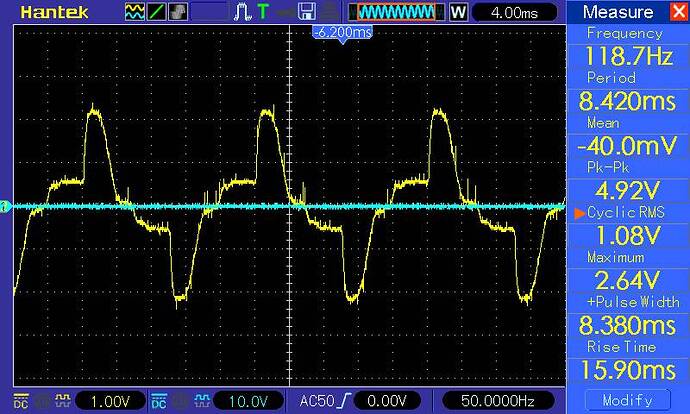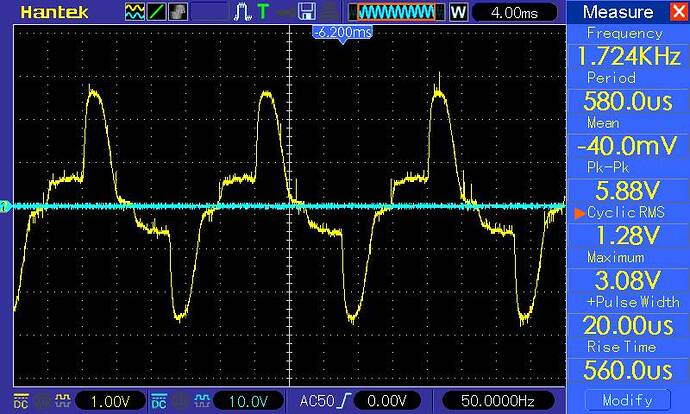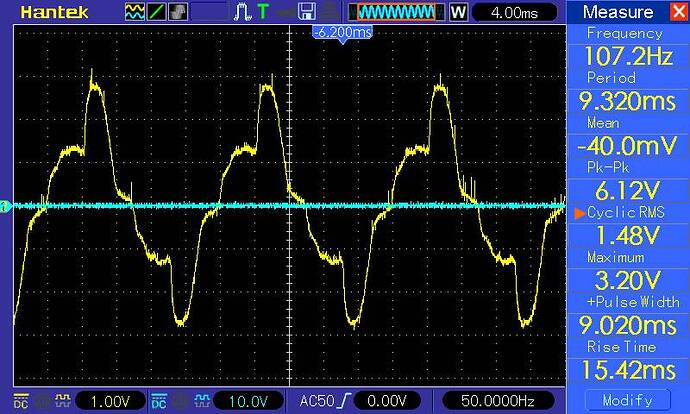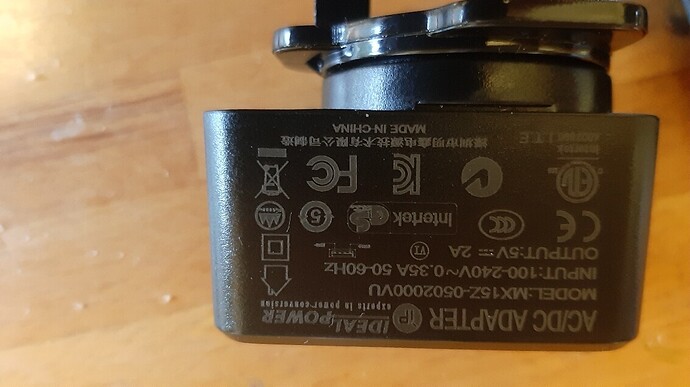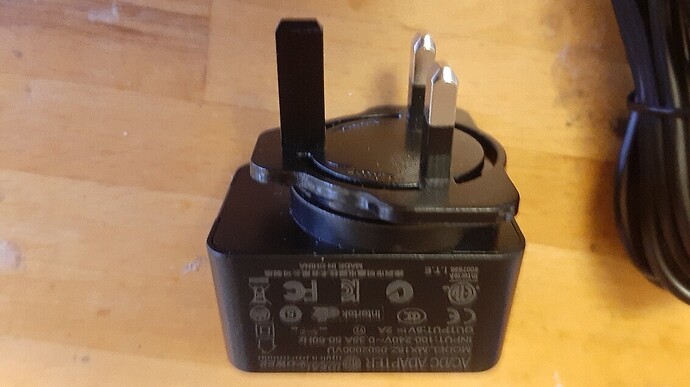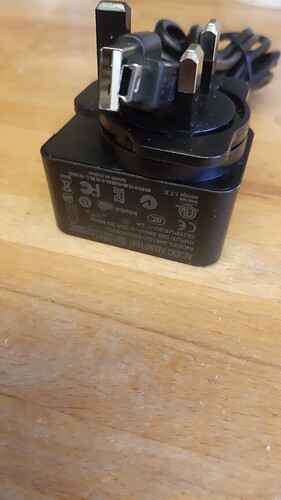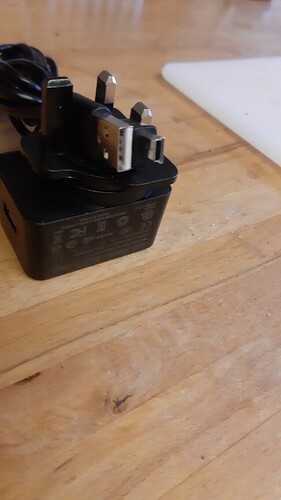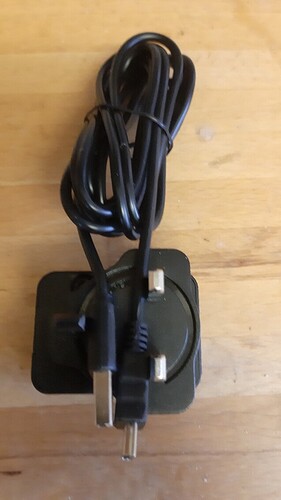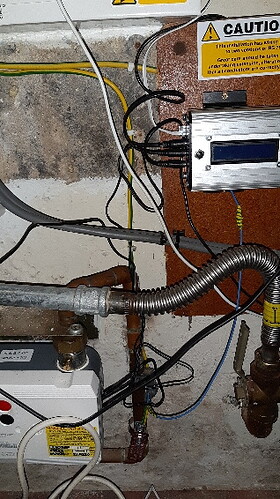OK, well the replacement PSU and cable arrived earlier this week. I tried them as soon as I could, but haven’t had a chance to report. Also arrived this week are a Micro USB socket to mini USB plug (so I could try more power supplies), and the alternate CT sensor, described above.
As I said before, my voltmeter doesn’t seem accurate enough to measure much voltage between the case and an earth. My earth is a gas pipe that has an earth wire from the circuit breaker connected to it.
With the the original PSU plugged in, as documented, without an earth, there is a “tingle” when I touch the case. Also, I can wiggle the power cable where it enters the emonpi and this causes the display to flicker slightly. However, I don’t think this flicker is significant.
With the replacement PSU and cable that arrived this week, unfortunately, exactly the same happens.
As well as those two PSUs, I tried 3 others.
A genuine Raspberry Pi 5V 2A. The “tingle” when using this was less, but still there.
A 5.25V 2A unofficial Raspberry Pi PSU from ModMyPi with integrated cable.
This has as much “tingle” as both emoncms PSUs.
A 5.25V 2A unofficial Raspberry Pi PSU from ModMyPi with detachable cable. This is the ONLY PSU that does not generate a “Tingle” without an earth.
Both 5.25V PSUs make the display run brighter than with the 5v PSU.
I wondered if it was the CT sensors or the temperature sensor that were causing the tingle. I disconnected the CTs from their mains cables, and from the Emonpi, and disconnected the temperature sensor, leaving only the original 5Vdc official PSU and the AC sensor input plugged in. The tingle was still there.
So, I’m now trying the alternate CT sensor (SCT006). Unfortunately, I’ve done this slightly too late in the day to measure generation, but I’ve put “x 0.4” into my input to see if that gives me roughly the right readings (as described in a previous post)
To get correct PV readings, and no tingle from the case, I either have to use the a specific 5.25V modmypi PSU, or add an earthing cable to the emoncms case.
I’ve attached pictures of my setup. PV Meter and CT sensor, out of picture top right. Mains meter just visible right of picture. “Fuse box” top left. Gas meter bottom left.
I’m a bit reticent about leaving an earth cable connected without some specific advice. As you can see from the pictures, the main earthing cable from the fuse box is connected to the gas inlet pipe. I have connected a cable to a redundant earth cable connection slightly above it. The other end of the cable goes to one of the small screws that connect the black plastic mounts to the emoncms case. Does this cable have to be a specific size or rating? Is it safe to connect it as described/pictured? Where is the best place to connect it to the Emonpi - as current, via the display’s screws, or via the screws on the edges of the case?
I think I’d be happier running the emoncms from the 5.25V PSU that doesn’t produce a “tingle”, but there’s a snag as it won’t quite fit in the mains socket as there is something next to the mains socket stops it fitting & would require a multiplug or extension lead. Is it safe to run the emonpi from the 5.25v 2a PSU?
@Gwil I can return the replacement PSU and cable as it doens’t seem to make a difference?
So 3qns 1) about earthing 2) 5.25v OK 3) return the replacement PSU?
Any comments gratefully received.
Steve
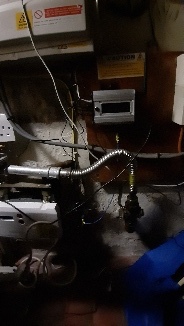
![]() )
)
